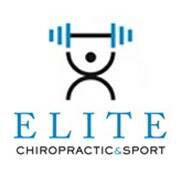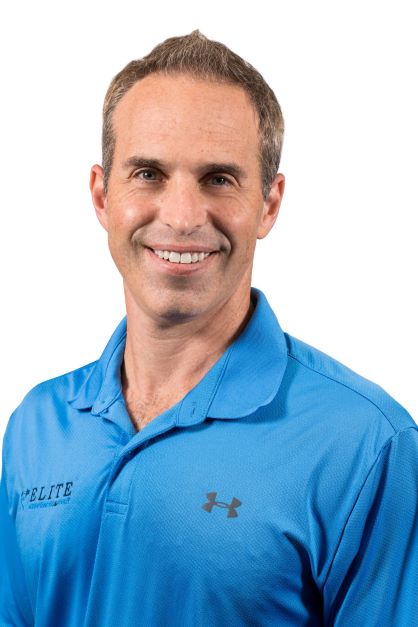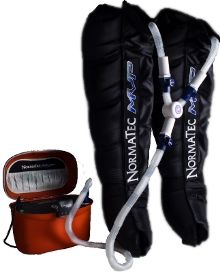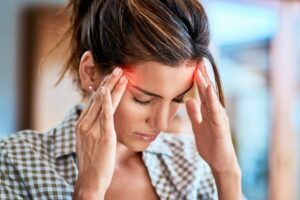By Dr. Stephen Knoyer, DC, CCSP
Concussions have been a hot topic for the past couple of years in both professional and recreational sports. The information about management and treatment is in transition. There are people still stating old information about what to do if you have a concussion. Hopefully, I can share some information on how to recognize a concussion and ideas on how to reduce symptoms.
A concussion is defined as a traumatically induced disturbance to the brain. The disturbance is transient and depending on the severity can take days or months to resolve. They can also be referred to as mild traumatic brain injury. They can be caused by a direct impact to the head but a hard enough hit to the body can cause one. Often times people will state they got their “bell rung”, and had to shake that off or lose consciousness are indicators they have some level of a concussion.
It is great to be able to recognize the symptoms as well as what populations have more exposure to this injury. Signs/symptoms are headaches, dizziness, feeling as if they are in a fog, amnesia or memory loss, irritability, slowed reaction times, slowed verbal responses, and sleep disturbances. Younger athletes are more susceptible to concussions because the brain is still developing. Contact sports experience concussions more often with football, hockey, rugby, and basketball being the most frequent. Roughly 50% of concussions are unreported which is being able to identify symptoms is important. Once you experience a concussion you are more susceptible to experiencing a second. Females are more likely than males to have a concussion. The number of symptoms and severity determines the length they will be present before resolving.
The good news is the majority of concussions will resolve in 7-10 days and advances in protective equipment have helped reduce the severity of concussions. Better detection of concussions with sports teams having a preparticipation exam they perform prior to the season. This allows them to compare the results during the season when diagnosing a concussion. The differences between the two show cognitive changes and ruling out an athlete that is lying about not having symptoms.
How are they managed and what has changed? We no longer go by the grading system of concussions. Grades 1, 2, or 3 are gone as well as the strict criteria with them. It is now Mild, moderate, and severe. This allows a more specialized treatment plan for the individual. If the athlete experiences a severe concussion it may be beneficial to have them rest with little activity for 24-48 hrs. This might sound familiar to people but this is for only severe symptoms. Once they are past 48hrs it becomes how much physical and mental activity can they perform before the symptoms begin. School assignments, papers, or tests may have to be pushed back. Classes may have to be limited if they begin to experience symptoms. Keeping a log of what causes symptoms and how long they last is crucial for tracking progress.
Taking a brain rest where no activity, lights, or sounds are present is a great alternative. If a person experiences symptoms at 25 minutes in the classroom they can go to the nurse’s office and rest until the symptoms are gone then return to class. This process can be repeated until the time frame increases to the entire length of the class. The goal is to modify as needed and keep progressing until the symptoms have resolved. Physical exercises can cause the symptoms to occur as well. They should be monitored by a trained professional, progress tracked, and released to sports once they no longer experience symptoms with rigorous exercise. The same principles apply to physical activity, modify as needed then add more as they can tolerate. This is where the preparticipation exam comes into play. They will be tested multiple times and when the scores match the original test, they can be cleared to fully return to sport. Below are a few ideas for concussions.
Guidelines regarding concussion management:
- Avoid strenuous activity for 24 hours after the injury
- Do not take new medications without consulting your physician
- Eat a “regular” diet, Avoid alcohol
- Do not drive until you are fully recovered
- Do Not take aspirin, sleeping pills, or ibuprofen.
-
Call your doctor or return to the ER if any of the following occur:
- Becomes sleepy or is difficult to awaken.
- Vomiting
- Trouble with balance
- The eyes move oddly, and difficulty with focusing, unequal pupil size
- Persisting or increasing headache
- Restlessness or irritability, personality changes
- Convulsions or seizures
- New swelling at the area of the head injured
- Increased neck stiffness
- Numbness
- Ringing in the ears
- Shortness of breath
- Confusion
- Visual problems
It is OK to: There is no need to:
Use acetaminophen (Tylenol) for headaches Check your eyes with a flashlight
Use an ice pack on the head/ neck as needed for comfort Wake up every hour
Eat a light diet Test reflexes
Return to school Stay in bed
Go to sleep
Rest (no strenuous activity or sports)
1) Field, Collins, et al. Does age play a role in recovery from sports-related concussions? J Pediatr 2003; 142(5):788- 795.
2) Bazarian and Atabaki. Predicting post-concussion syndrome after MBTI. Acad Emerg Med 2001; 8(8):788-795
3) Cantu, RC: Head injuries in Sport. Brit J Sports Med 1996; 30:289-296
4) Apolipoprotein E-epsilon 4 Genotype predicts poor outcomes in survivors of traumatic brain injury. Neurol 1999; 52:244-249
About the Author
Dr. Bross is the owner of Elite Chiropractic and Sport. He serves as a Certified Chiropractic Sports Practitioner (CCSP) and Certified Strength and Conditioning Specialist. His unique approach to individualized patient care is based on the evaluation and treatment of the “whole” person.
Dr. Bross is a leader in the promotion of health and wellness. He has accumulated an extensive knowledge of the musculoskeletal and nutritional components of the human body. He is skilled in the Graston Technique, Active Release Technique, and Sports Medicine.






